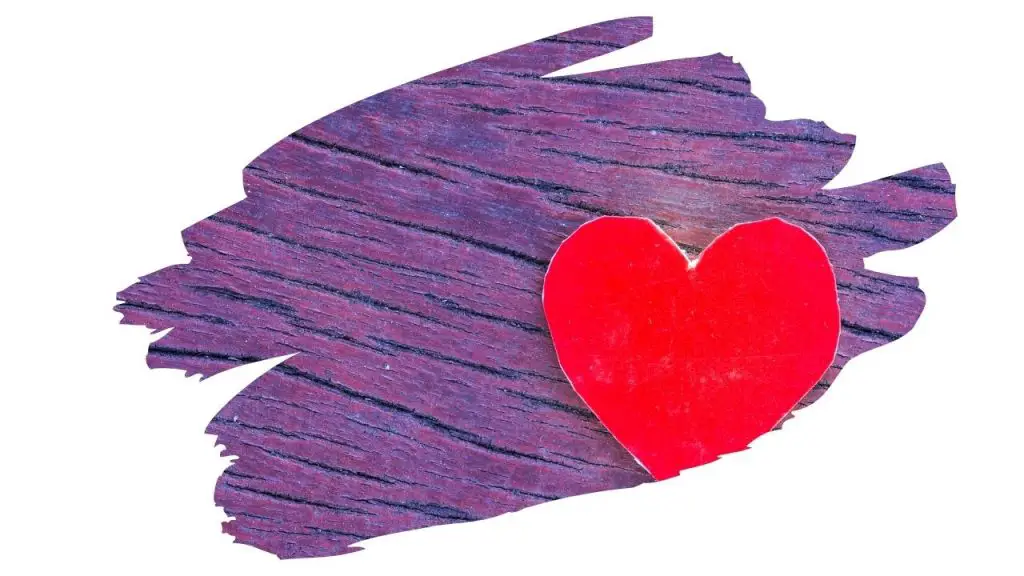It’s impossible not to love the deep violet of purpleheart wood. Also known by the name ‘Peltogyne’, this timber is a real stand out.
But, if we want to finish off this timber with a flourish, we need to try and keep its best feature.
Now, in order to do this, we need a finish that won’t dull this woods natural color. So, how do we go about finishing purpleheart wood?
Use a clear shellac sanding sealer as a base coat. And then apply a clear lacquer finish over it. Both shellac and clear lacquer do not yellow with age, (unlike polyurethane), so they’ll keep purpleheart wood looking vibrant. Also, shellac is reputedly UV resistant, which will help reduce dulling caused by sunlight exposure.
Is that all there really is to it? Or can we do more to protect our purpleheart crafts? Well, keep reading to find out…

This post may contain affiliate links to products that we receive a commission for (at no additional cost to you). Learn more here.
What Is Purpleheart Timber?
Purpleheart is a very durable type of hardwood. Its strength, and incredible resistant to wear and tear, is one of the reasons why it makes a great choice for floors and decking.
This wood type has an amazing Janka rating of 2520! Which means that if you were to pitch a steel metal ball at this wood, it would take 2520 pounds of force for that ball to embed into the grain.
Related Post: Are Purple Heart Wood Cutting Boards Food Safe (Or Are They Toxic)?
When you see purpleheart wood, you will instantly recognize it by its uniquely unmistakable purple coloring. Although when this lumber is freshly cut green wood, it starts out looking more of a dull grayish-brown tone.
Its wood grain then soon changes, within a matter of days, when exposed sunlight and air.
So, What Is Purpleheart Wood Good For? This wood is used for everything from flooring, to furniture, to (guitar) fret boards. It has also been used to make cabinets, decking, and wood-turning crafts.
So, How Do You Finish Purpleheart Wood? (A Simple 2-Step Process)
If you want to maintain the color of purpleheart, then you need to follow a 2-part sealing process;
Step 1. Apply Shellac Sanding Sealer
After you’ve sanded the surface of the wood, you will need to apply a clear shellac sanding sealer.
Zinsser’s Universal Sanding Sealer is an all-natural product that dries in minutes (in low-humidity).
You can check out the prices for this sanding sealer over on Rustoleum.com
Now, typically, you don’t need to use a sanding sealer if you’ve otherwise applied a stain or some other oil finish.
However, as stains and finishes darken the vibrancy of purpleheart, you will want to give them a miss.
Instead, a clear shellac sanding sealer can take on the job of sealing wood pores. It will then fast-dry into a base coat that you can apply lacquer onto.
How Many Coats Of Sanding Sealer Should You Use On Purpleheart Wood? First, apply the sanding sealer, and then wait for it to dry to a hard resin. Once ready, you can then sand it smooth. Repeat the process again with a 2nd coat. And then once more with a 3rd and final coat.
Step 2. Apply Clear Lacquer Wood Finish
Once that sanding sealer has dried – and been smoothed out – it’s time to apply that final finishing coat.
Coat purpleheart wood with a clear lacquer wood finish. You will need to brush on 2-3 coats to get the most out of lacquer. Also, remember to sand between coats. And give each coat time to properly dry before you start sanding.
Watco’s Clear Lacquer Finish (available in clear gloss, satin, and semi-gloss), goes great on furniture.
You can get the latest prices for this finish over on Amazon.com
Should You Be Worried About Purpleheart Woods Toxicity? If you breathe in purpleheart sawdust, then it can be a problem. Purpleheart contains something called ‘dalbergione’, which is a ‘sensitizer’. According to OSHA, (Occupational Safety and Health Administration), sensitizers can cause allergic reactions in the form of nausea and irritation.
Final Thoughts
At the end of the day, purple heart wood will inevitably dull over time. That is because simple exposure to light and air will darken its tone.
However, you can do your bit in preventing this from happening sooner rather than later. How? Well, by doing the following easy steps;
- Use 2-3 coats of a clear shellac sanding sealer as a base coat.
- Apply 2-3 coats of a clear lacquer finish over that base coat.
- And, keep your complete and finished purpleheart wood furniture indoors – and away from direct sunlight.
References
https://www.osha.gov/laws-regs/regulations/standardnumber/1917/1917.28AppA




